Is Cycling Bad for Your Knees?
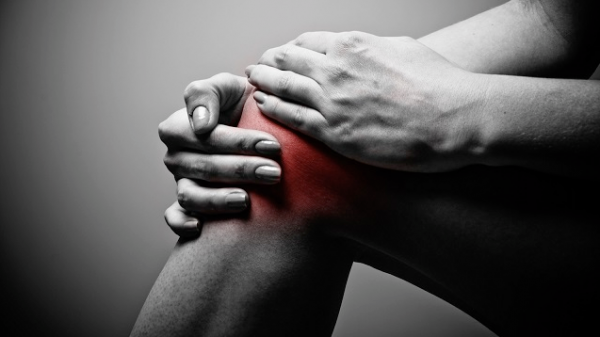 Because bicycling requires repeated use of the knee joint, many question the sport’s role in knee-related pain and injury. Like any athlete, cyclists are susceptible to overuse injuries. But is their choice of sport increasing their vulnerability and making them more prone to knee damage? [Read more…]
Because bicycling requires repeated use of the knee joint, many question the sport’s role in knee-related pain and injury. Like any athlete, cyclists are susceptible to overuse injuries. But is their choice of sport increasing their vulnerability and making them more prone to knee damage? [Read more…]
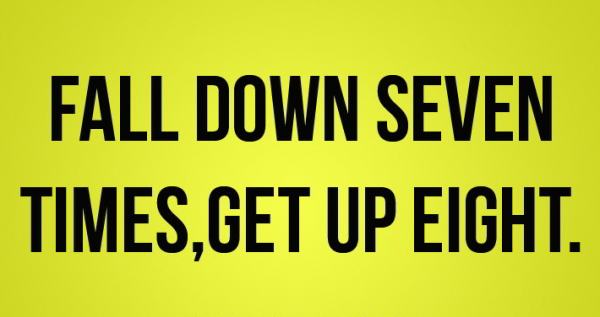 There’s something about making the switch to clipless pedals that seems to signal to the world that you’ve made the jump from casual biker to biking enthusiast. But is the expense worth it? Are clipless pedals really necessary in order to take your cycling experience to the next level?
There’s something about making the switch to clipless pedals that seems to signal to the world that you’ve made the jump from casual biker to biking enthusiast. But is the expense worth it? Are clipless pedals really necessary in order to take your cycling experience to the next level? 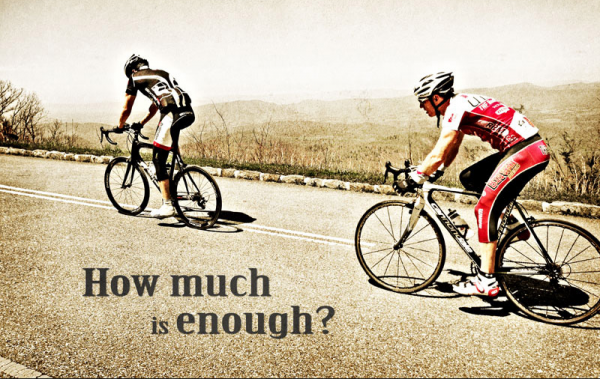 A number of athletes turn to interval training in order to improve their performance. Interval training involves periods of high-intensity riding that alternate with low-intensity rest periods. The purpose of interval workouts is to improve a cyclist’s speed/
A number of athletes turn to interval training in order to improve their performance. Interval training involves periods of high-intensity riding that alternate with low-intensity rest periods. The purpose of interval workouts is to improve a cyclist’s speed/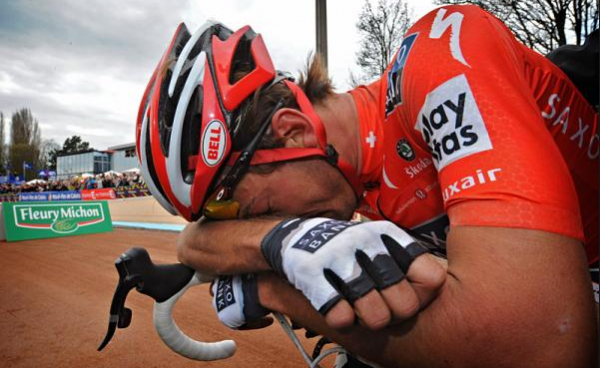 It’s great to be enthusiastic about cycling! When you love something you don’t just want to do it often, you want to do it well. It’s common for an athlete to push him or herself, trying to outdo their own record for mileage and/or speed. But it’s possible to push too hard.
It’s great to be enthusiastic about cycling! When you love something you don’t just want to do it often, you want to do it well. It’s common for an athlete to push him or herself, trying to outdo their own record for mileage and/or speed. But it’s possible to push too hard. 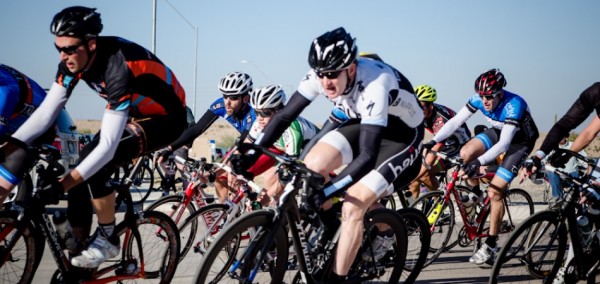 If you are looking for something a little different to add to your bike racing calendar, or you just want a fun way to improve your bike handling skills, consider signing up for a criterium race. Criteriums are personally my favorite race to ride in, and everyone I know who has come to watch one has loved the whole event. What’s not to like?
If you are looking for something a little different to add to your bike racing calendar, or you just want a fun way to improve your bike handling skills, consider signing up for a criterium race. Criteriums are personally my favorite race to ride in, and everyone I know who has come to watch one has loved the whole event. What’s not to like?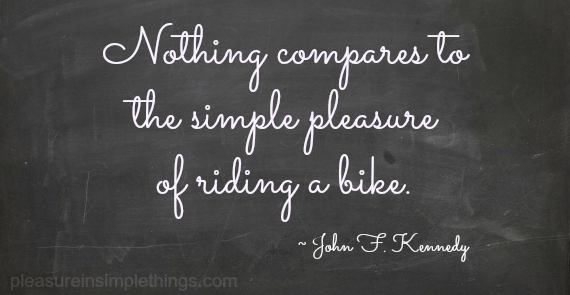 Many cyclists are into the sport for different reasons but there are some cycling moments that everyone experiences at least once in their cycling lives. Here’s the top 10 best cycling moments that everyone experiences.
Many cyclists are into the sport for different reasons but there are some cycling moments that everyone experiences at least once in their cycling lives. Here’s the top 10 best cycling moments that everyone experiences. 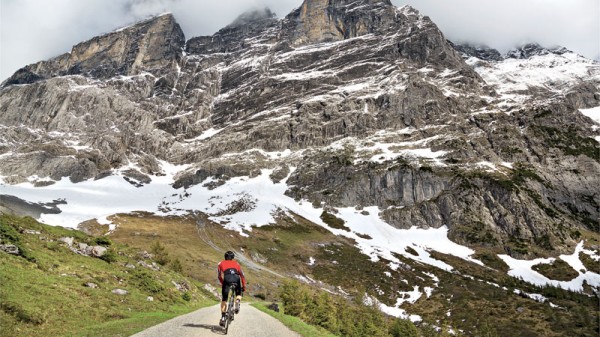 Early season riding conditions can be very challenging. During the winter, a ton of grit and salt gets dumped on roads to keep them grippy and snow-free, and, come spring time, all of that stuff ends up in one place – the shoulder where you want to ride. Spring is also pothole season, as water seeps into cracks in the road and freezes overnight, opening up holes the size of the Grand Canyon on your favorite roads. There are a few simple bike handling tips to keep your skin off the road and your bike in one piece.
Early season riding conditions can be very challenging. During the winter, a ton of grit and salt gets dumped on roads to keep them grippy and snow-free, and, come spring time, all of that stuff ends up in one place – the shoulder where you want to ride. Spring is also pothole season, as water seeps into cracks in the road and freezes overnight, opening up holes the size of the Grand Canyon on your favorite roads. There are a few simple bike handling tips to keep your skin off the road and your bike in one piece.